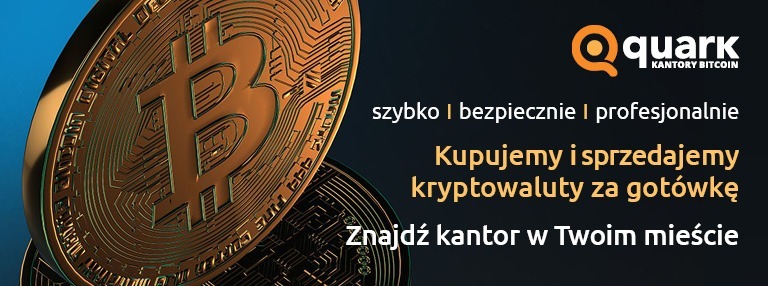
Cryptocurrencies, though still enigmatic to many, continue to evolve, changing our perception of digital finance. Ethereum, one of the leading currencies in this field, has surpassed another milestone. Ether, its native currency, reached a new annual high, and the staking system gained popularity, freezing a significant portion of the circulation. What does this mean for the future of Ethereum and the entire cryptocurrency market?
Ethereum, the world’s second-largest cryptocurrency, recently reached a new annual high, with the price of Ether exceeding $2,800. This price increase occurred as nearly 25% of the total currency supply was locked on the Beacon Chain, Ethereum’s new system, corresponding to a value of over $85 billion.
Staking, the process of locking cryptocurrencies to support network operations and in return receiving rewards, gained popularity after Ethereum introduced the Proof-of-Stake (PoS) model. In this model, validators, the individuals responsible for confirming transactions and maintaining network security, must lock a certain amount of Ether. Currently, the number of active validators exceeds 943,000.
The introduction of the Beacon Chain in September 2022 marked a breakthrough, enabling Ether staking. Before this event, Ethereum relied on a Proof-of-Work (PoW) system, similar to that used by Bitcoin. The transition to PoS aims to increase the efficiency and security of the network.
In February 2023, investors deposited an additional 600,000 Ethers into Ethereum 2.0 staking contracts. Furthermore, after the April Shanghai update, which allowed for the withdrawal of staked funds, an increased demand for withdrawals was expected. However, new deposits quickly outpaced withdrawn funds, indicating further validator engagement in the system.
Locking such a large portion of Ether circulation in PoS contracts is seen as a positive signal for the Ethereum network. It reduces the amount of Ether available for trading, which, combined with increased demand, can lead to further price increases. Additionally, the increase in staked ETH contributes to the network’s increased security and efficiency.
On the other hand, the market’s attention is also turning towards Ether-based ETF funds. Following the approval of Bitcoin ETFs in the United States, there is speculation about the potential impact of similar funds on Ethereum. Institutional demand for ETH, combined with a decreasing supply in the market, could significantly impact the value of this cryptocurrency.
Ether, as one of the pillars of the cryptocurrency ecosystem, is undergoing a period of significant transformation. The growing interest in staking indicates the market’s maturity and investors’ trust in Ether’s stability and growth potential. As the cryptocurrency market evolves, Ether strengthens its position, offering investors not only the opportunity to participate in a decentralized world of finance but also attractive profit prospects. In the face of these changes, the future of Ether looks bright, heralding further chapters of innovation and growth in the world of digital currencies.
Photo by Bastian Riccardi on Unsplash
